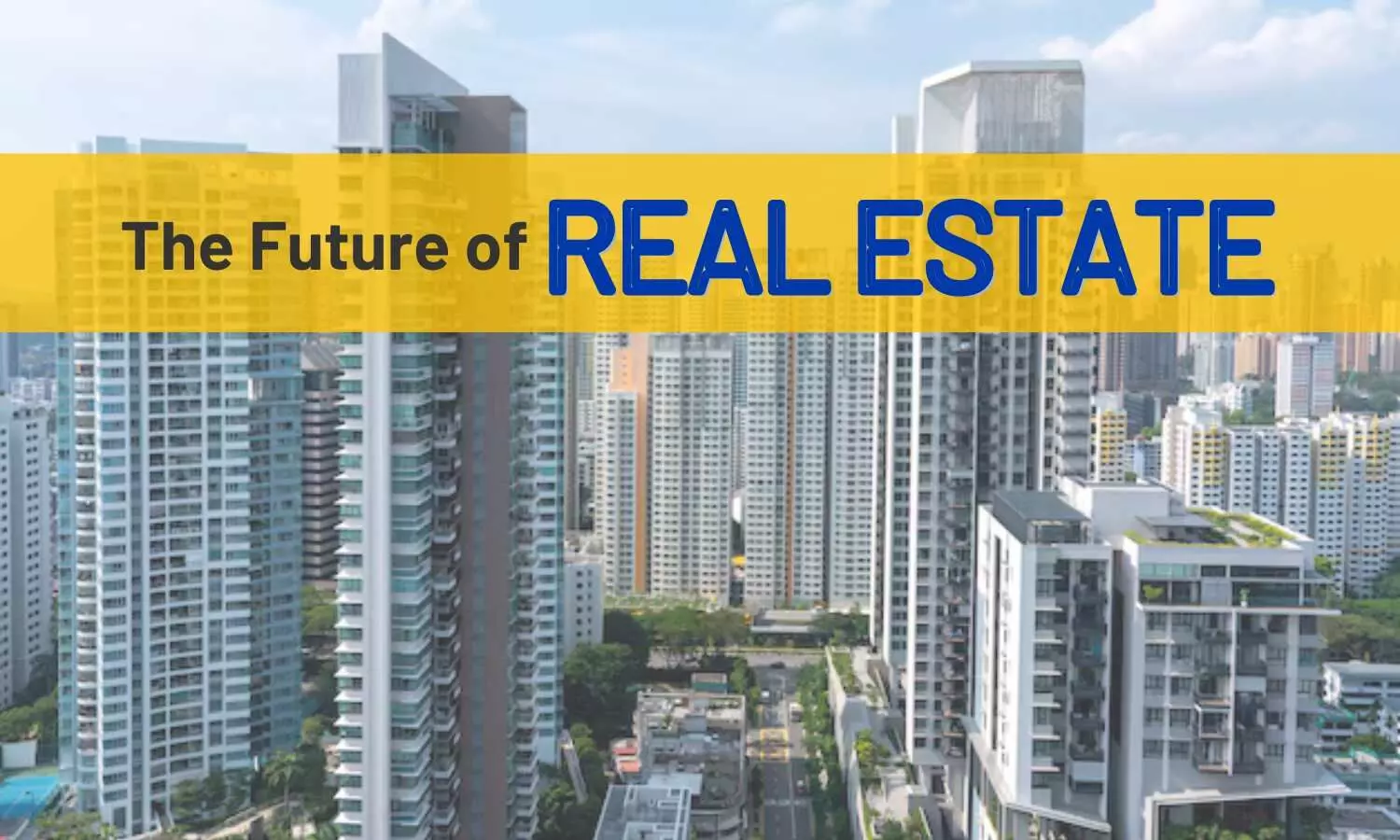Homebuyers Expect In 2025
Expectations In 2025
The Indian real estate market is expected to conclude 2024 as one of the best years in terms of the sector’s performance across the top seven cities. At the end of 2024, over three lakh homes worth Rs 5,10,000 crore across 485 million sq ft are expected to be sold, according to a report by JLL. With the real estate market’s current upswing, stakeholders are optimistic about sustaining this momentum into the coming year. Here are a few trends that experts in the field are looking forward to in 2025.
Property prices are associated with multiple other elements such as cost of construction, rate of interest on a loan, demand-supply dynamics, labour costs, raw materials, government policies, etc. Keeping all these factors into account, experts share that the possibility of a reduction in property prices is slim in 2025. Anshuman Magazine, chairman and CEO – India, South-East Asia, Middle East and Africa, CBRE shares, “There might be some fluctuations in housing prices due to market dynamics, but there is a limited opportunity to see significant reductions in the overall cost of new homes next year. Additionally, increased demand for premium housing, as well as sustainable and tech-enabled homes have led developers to focus on value-driven offerings rather than cost reductions.” However, government subsidies under the PMAY scheme, along with incentives for affordable housing projects or a reduction in interest rates and approval charges for developers, may slightly ease costs in select housing segments.
prime locations
“Resale properties often exist in established neighbourhoods, offering convenient access to schools, hospitals, and transportation hubs—attributes highly appreciated by the buyers. And thus, in some micro-markets, resale homes’ prices are at par newly-launched or under-construction properties,” opines Domnic Romell, president, CREDAI MCHI. However, the real estate market is undergoing a redevelopment phase, with residents of older housing societies adopting a wait-and-watch approach and reaching out to developers for redevelopment instead of selling their homes.
To attract young buyers
Peripheral locations are a hit among homebuyers, especially first-time homebuyers. This is because the young demographic is starting early and wants to keep time on their side when it comes to the real estate appreciation game. “Acceptance of remote work, desire for larger living spaces, and financial limitations, have shifted buyer preferences towards suburban and peripheral areas. These locations often offer comparatively affordable housing options and better quality of life, making them attractive to homebuyers,” highlights Dhaval Ajmera, joint secretary, CREDAI. Also, the boost in infra-connectivity has empowered citizens of top metros to travel to distant locations in a considerably shorter amount of time. Magazine adds, “Cities such as Bengaluru, Pune, and Hyderabad have seen significant growth in the outskirts due to infrastructure development and proximity to business hubs.” Industry experts state that while the city centres will continue to attract buyers prioritising convenience and established amenities, the rise of hybrid working models and the desire for quieter, spacious living environments tilt the balance in favour of the peripheral areas.
To gain traction in the metros
As per a CREDAI report, approximately 40 per cent of homebuyers in metro cities prefer homes priced under Rs one crore. “The highest demand is for homes priced between Rs 75 lakh and Rs 1.5 crore. In the last 18 months, most launches catered to this segment. We should thus expect more launches in the Rs one crore to Rs 1.5 crore bracket,” mentions Ravi Shankar Singh, MD, residential transaction services, Colliers India.
Sustainable, smart homes are the future
Developers shared that prospective homebuyers want an improved lifestyle and modern amenities in well-secured complexes. “Buyers are focused on spacious, ventilated homes with ample natural light. Given the city’s dense population, buyers prioritise properties with thoughtful designs that maximise usable space, incorporating elements like large windows and decks to enhance the sense of openness,” observes Vishal Jumani, joint MD of a real estate company. One major factor prospective homebuyers are looking for in their new homes are sustainability features and energy-efficient designs. Features such as rainwater harvesting, greywater recycling, and solar panels are all the rage.
Homebuyers are also curious to know if sustainable construction materials were used to construct the building. This shift reflects a growing awareness of the environmental issues and the long-term cost savings that are associated with energy-efficient homes. “Also, post-pandemic, buyers prefer homes with multi-use areas. Developers who offer such designs see better conversions. Smart home features such as automated lighting, security systems, and app-based community management are becoming must-haves for urban buyers.

The Indian real estate market is expected to see a number of changes in 2025, including:
-
Luxury real estateDemand for luxury and ultra-luxury homes is expected to continue to rise, driven by the growing number of wealthy people in India.
-
Housing supplyA significant increase in new housing supply is expected, compared to the limited growth in 2024.
-
Home pricesHome prices are expected to rise 6.5% in 2025, with the luxury segment driving the increase.
-
Urban homeownershipThe urban homeownership rate is expected to increase to 72% by 2025, up from 65% in 2020.
-
New homebuyersMillennials and Gen Z buyers are expected to make up 60% of new homebuyers by 2030.
-
Commercial real estateThe IT industry, startups, and MNCs are expected to drive demand for modern office spaces.
-
Regulatory measuresThe introduction of Small & Medium Real Estate Investment Trusts (SM-REITs) and enhancements to RERA frameworks are expected to increase transparency and institutionalization.
-
Alternative asset classes
Data centers, co-living, and senior housing are expected to see accelerated growth

